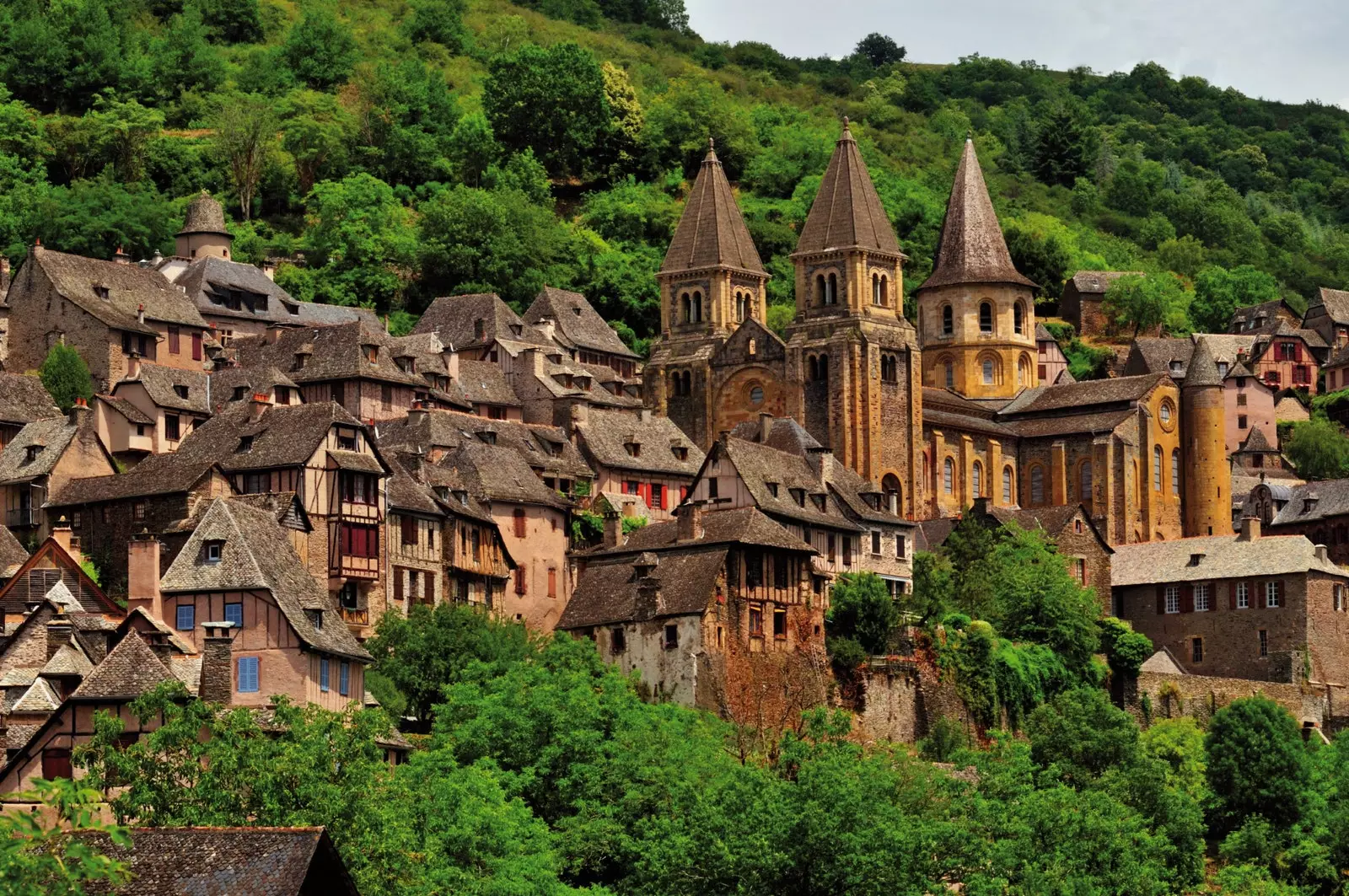
The Way of Le Puy passes through Conques, one of the most beautiful villages in France.
Today the French Way is Spanish. The pilgrim (spiritual, landscape, traveler) can choose to start in Burgos, León, El Bierzo, or Palas de Rei. Few walk to Santiago from Tours, Turin or Regensburg. Most of those who follow their paths are also Spanish. (44% in 2018).
But the Camino Frances retains its denomination of the nationality of those who came from beyond the Pyrenees. In the Romanesque centuries, the Way did not begin in Roncesvalles, nor in Jaca. These were the entry points into Castile and Aragon from a network of roads that crossed Europe and led, through France, to the tomb of the Apostle.
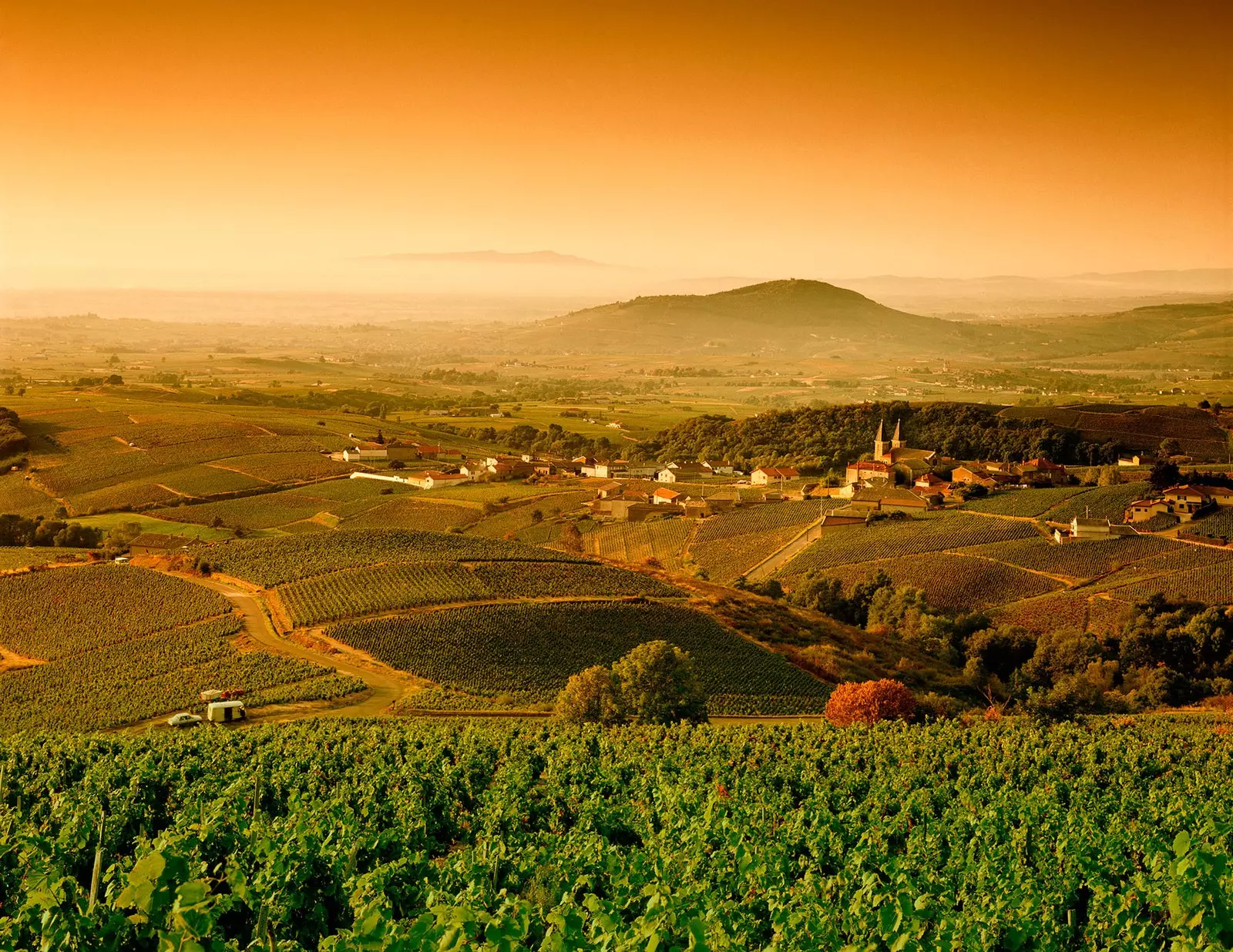
One of the French roads started in Vézelay, in Burgundy, and crossed Limoges and Périgord.
THE FRENCH ROADS
If we limit ourselves to French territory, there were four main roads. The first started from Paris and descended towards Tours and Bordeaux. It was the one used by Belgians, Dutch and English. The second started in Vézelay, in Burgundy, and crossed Limoges and Périgord. The third was the route used by the Germans and Swiss. It led from Le Puy towards Conques and Moissac. Finally, the Camino Tolosano reached this city from Arles. The Italians used this route, and **it served, in the opposite direction, for the pilgrims who left the Iberian Peninsula for Rome. **
The march to Santiago of any inhabitant of medieval Europe offered an excellent opportunity to free themselves from feudal repression, hunger or a sentence. Despite the harshness and dangers of the Camino, the pilgrim was welcomed in hospitals and monasteries. He was provided with bed and food. He was a life choice, a devotional choice, and devotion was marked by relics.
The Way was extended as an itinerary where hands, feet, anatomical fragments of diverse nature and **objects related to the life and martyrdom of the saints gave content to the scales. **
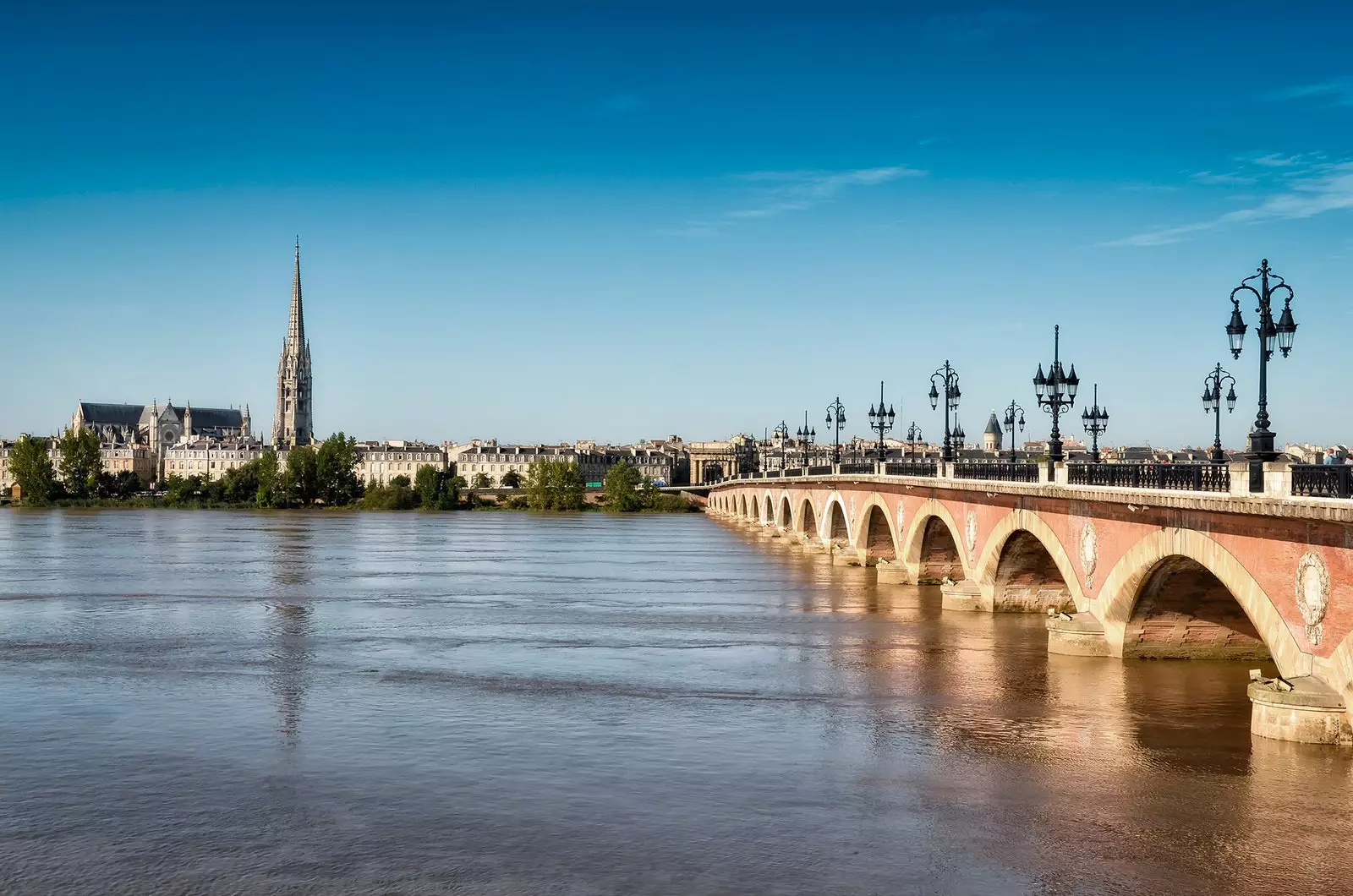
The most important Camino Frances started from Paris and descended towards Bordeaux.
THE RELICS
Behind the Pórtico de la Gloria, the intact remains of the apostle awaited. Legend has it that after he was beheaded in Jerusalem, the ship on which he carried his body he was carried by an angel through the Strait of Gibraltar to Galicia. There he discovered the tomb, eight centuries later, Teodomiro, Bishop of Iria Flavia.
Other temples tried to break the monopoly: English Reading Abbey claimed to have a hand of the Apostle, the cathedral of Nevers, the head, the convent of Notre-Dame de Namur, in Belgium, a fragment of a foot, and the Hospital of Santiago in Paris, a tooth.
The war for the relics generated fierce fights. The Codex Calixtinus, a 12th-century manuscript written in Santiago, states: “The trans-Pyrenean rivals, then, blush with shame, who say they have a part of him or relics of him. Because the body of the Apostle is there whole (in Santiago), divinely illuminated with celestial rubies, extolled by divine unfailing and fragrant aromas, adorned with resplendent heavenly candles, and constantly honored with gifts from angels.”
In advancing towards the body of the Apostle, each ladder clung to its own relics. **
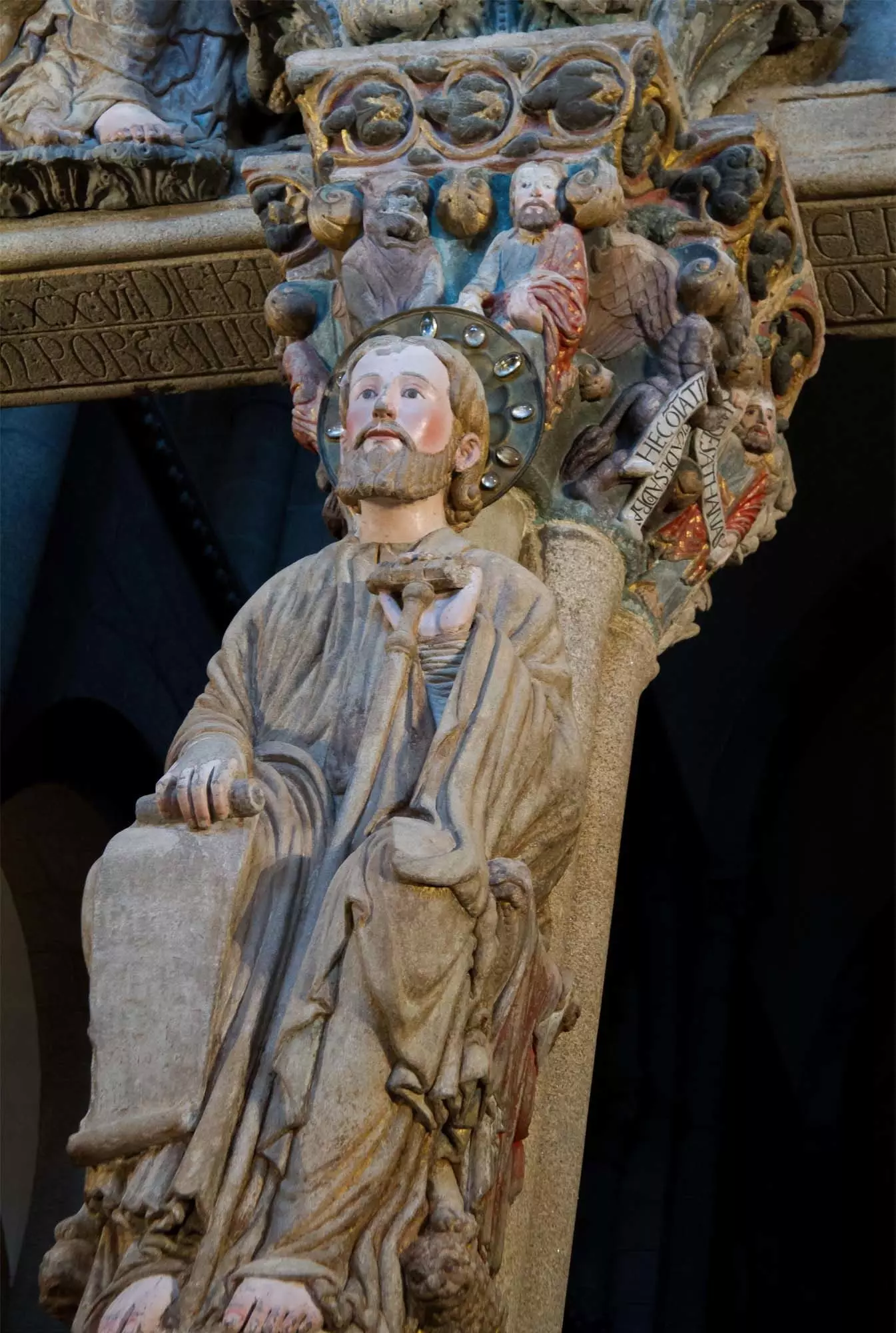
Behind the Pórtico de la Gloria rest the complete remains of the apostle.
THE VILLAGES
Conques is one of the most beautiful villages in France. Its houses, perched on the mountain, do not break the harmony of the landscape at any point. It hides among the woods of the Aveyron, on the path that led Swiss and Germanic pilgrims to Roncesvalles. These began to flock to the town when his abbey received the remains of Santa Fe de Agen.
The saint, belonging to a wealthy Gallo-Roman family, was tortured on the grill, like Saint Lawrence, and she beheaded at age thirteen in defense of her faith in the fourth century.
It was little known until, in the 9th century, the monk Ariviscus stole his remains from the church where they were kept and took them to Conques, who had no relics. A large church was built there, the light of which is now colored by the stained glass windows by Pierre Soulages, an abstract artist who sought to intensify the spiritual atmosphere of the naves. The Last Judgment is depicted on the cover, usual subject, which made very useful the intercession of the bones preserved in a figure of gold and precious stones.
Few days later, on the same branch of the road, is the monumental abbey of Moissac. The monastery preserves a Romanesque cloister whose capitals alternate with monsters and scenes from the New Testament.
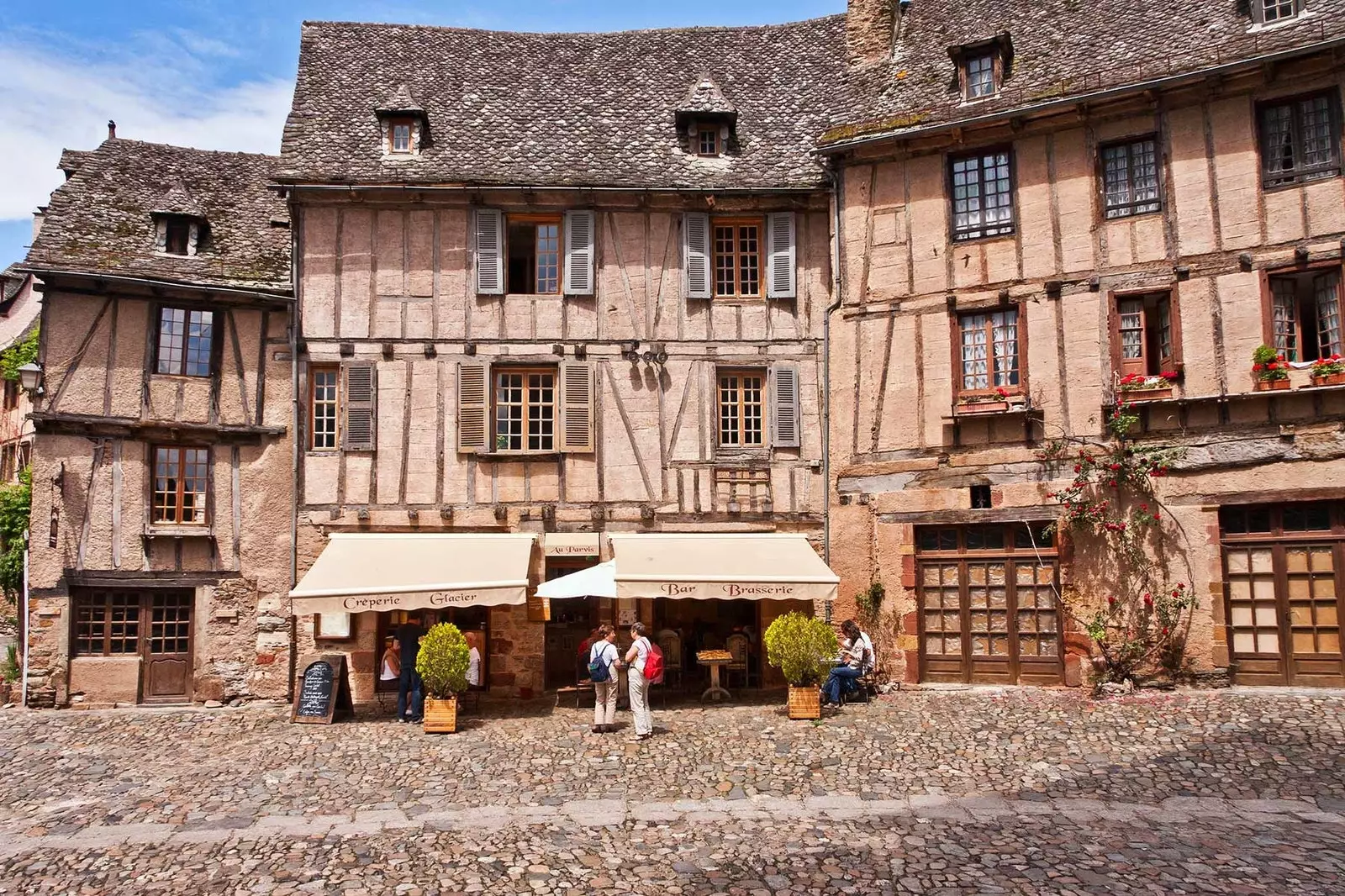
Conques retains its medieval appearance.
The shaking of the front of the temple inspires a slight tremor. To free the pilgrim from the threat of infernal martyrdom the abbey had a rich treasure of relics, among which were a finger of the Apostle Santiago (another one), and the remains of San Cipriano de Cartago, for which Lyon, Arles, Venice, Compiègne and Roenay competed.
The case of Saturnino de Tolosa seems clearer. The saint, refusing to offer a sacrifice to Jupiter, was tied to a bull, which dragged him to pieces. His body was buried in the city itself.
The Romanesque abbey of Saint Sernin, built in brick and stone in the Toulouse style, it attracted crowds of pilgrims who also venerated the remains of Saint Simon, Saint Judas Tadeo, a fragment of the True Cross and, in conflict with the seat of Compostela, the head and body of Saint James the Elder.
The monks said that Charlemagne had moved them there and that, of course, his Santiago was the real deal.
